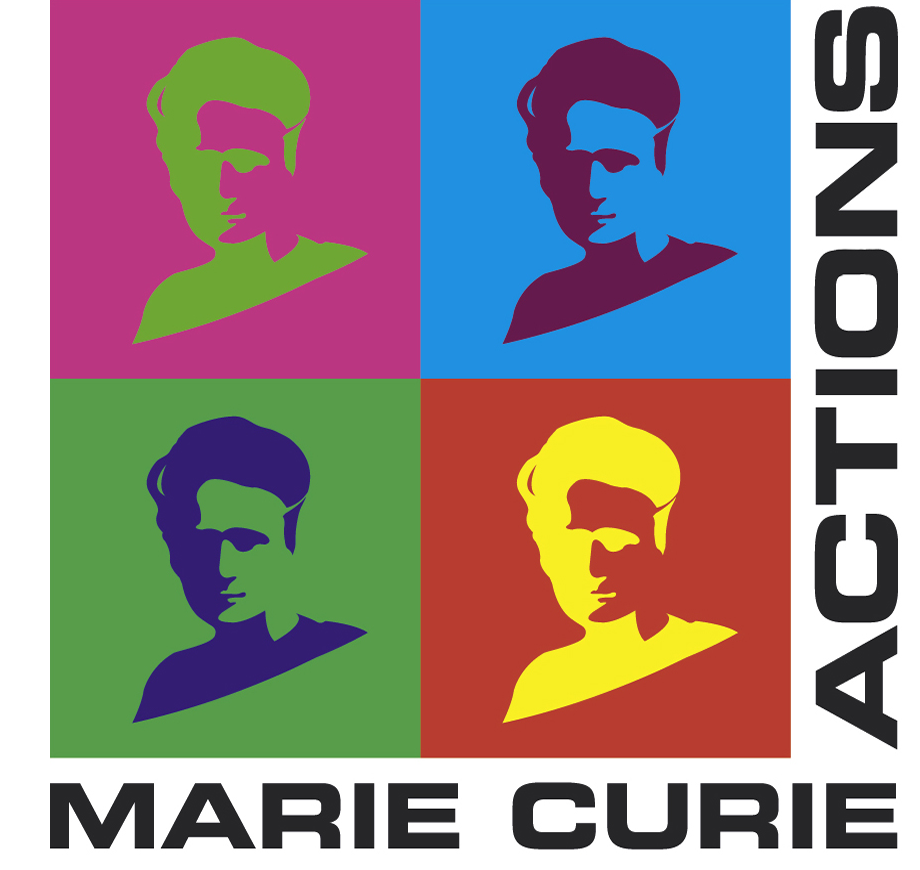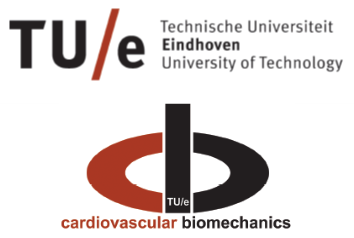Modeling tools for clinical decision making
Early Stage Researcher: Emanuele Rondanina
Host institution: TU/e
Objectives
The ESR will develop modelling tools to predict short- and long-term outcome of surgical intervention that can be used either directly or as input for the visualization tools developed in Task 2.4. Existing mathematical models of cardiac function will be extended with descriptions of short-term regulation of the cardiovascular system properties, e.g. the baroreflex, and long-term changes of myocardial mass (growth) and properties (remodelling) in response to changes in tissue mechanical loading. Patient specific data, provided by Task 2.2, will be used to simulate the effect of candidate interventions, accounting for the effect of regulation and adaptation and compared to hemodynamic data from Task 1.5. Hereto, along with information extracted from the images in Task 2.1 directly, information from Task 3.2 will be used to support clinical diagnosis. The effect of interventions that make use of complex devices (e.g. cardiac assist devices and pacing) on the boundary conditions of the model (pre- and afterload) can be derived from mock-loop experiments (Task 1.1) through a secondment period spent at POLIMI. In addition, the model will be designed to yield a quantitative characterisation of the mechanical environment of the myocardial tissue, including the locations where cells may be injected for regenerative medicine. The success of such therapies is dependent on the mechanical environment, with rebound on WP3.
Model predictions of both the short-term and long-term effects of candidate interventions, including valve replacement, can be used to assist clinical decision making. In addition, these predictions can serve as input for the visualization tool developed in Task 2.4. As far as possible the knowledge about data uncertainty will be used to analyse and quantify the uncertainty in model predictions and thus the certainty in decision support abilities of the model.
Expected Results
i) a comprehensive software tool for cardiac modelling based on patient specific data for simulation of cardiac muscle contraction given specific pre- and afterload; ii) a simulation tool that can predict long-term effect of interventions such as valve replacement through growth and remodelling adaptation strategies





